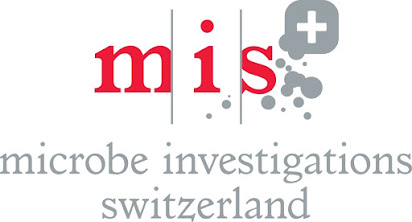Antibacterial Activity Testing Services – Why Do You Need Them?

An Introduction to Antibacterial Activity Testing Services Companies and enterprises that do business in finished products like Textiles will always want to keep their product quality high. If your business model is based around manufacturing protective fabric wear, this becomes an even higher priority. Not only do you have to perform multiple checks for quality assurance, but you also have to include a process that might be difficult for a company without an in-house lab: testing the antibacterial activity of the finished product. Antibacterial Activity Testing, jis | 1902 is essential for manufacturing industries worldwide, including broader industries like textile manufacturing and more specific items like companies that manufacture surgical masks, protective fabric wear, face masks, and even standard, everyday clothing! What is Antibacterial Activity Testing? You might be asking, what is Antibacterial Activity Testing? Googling it will only provide a long, complicated, so let





